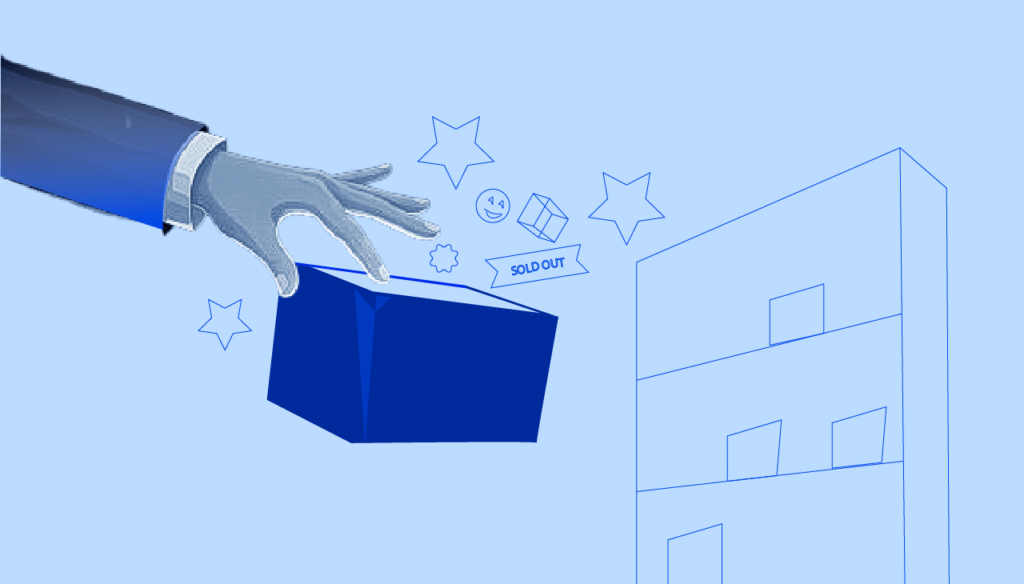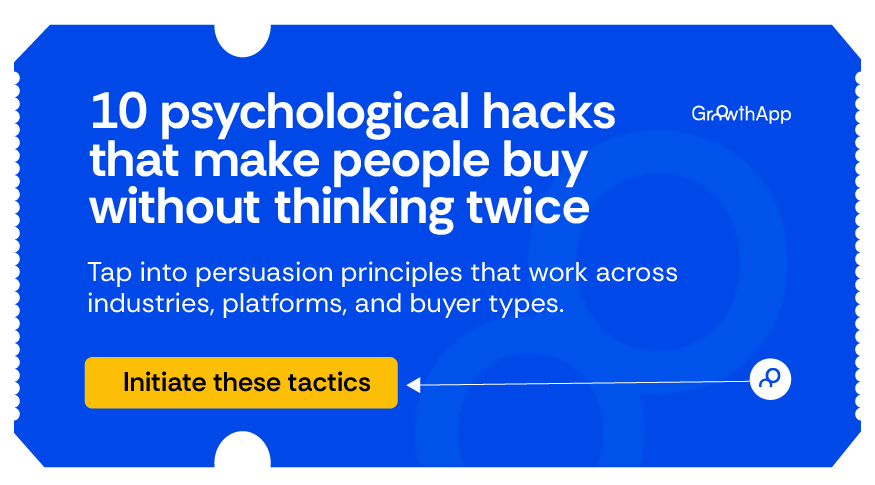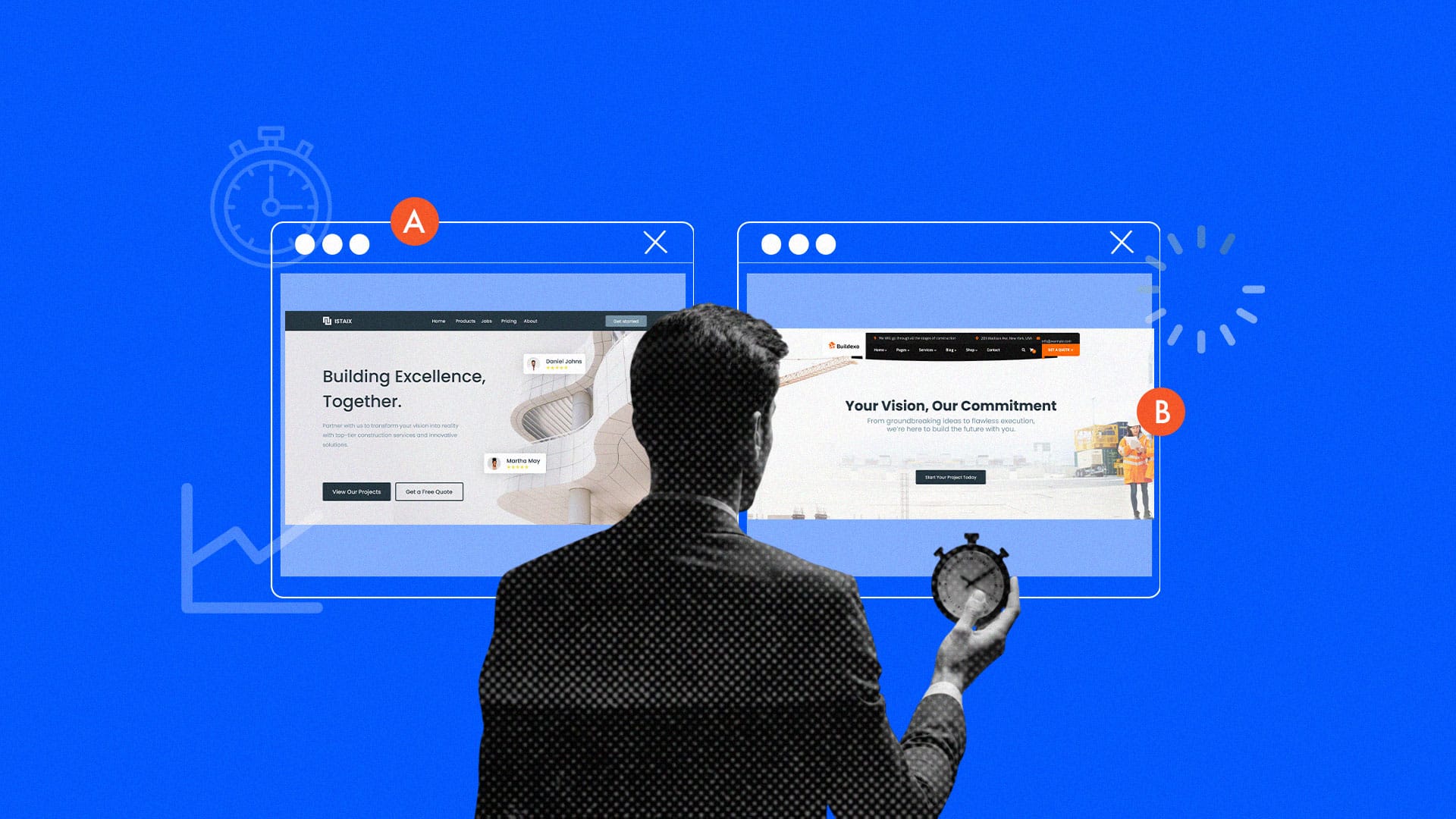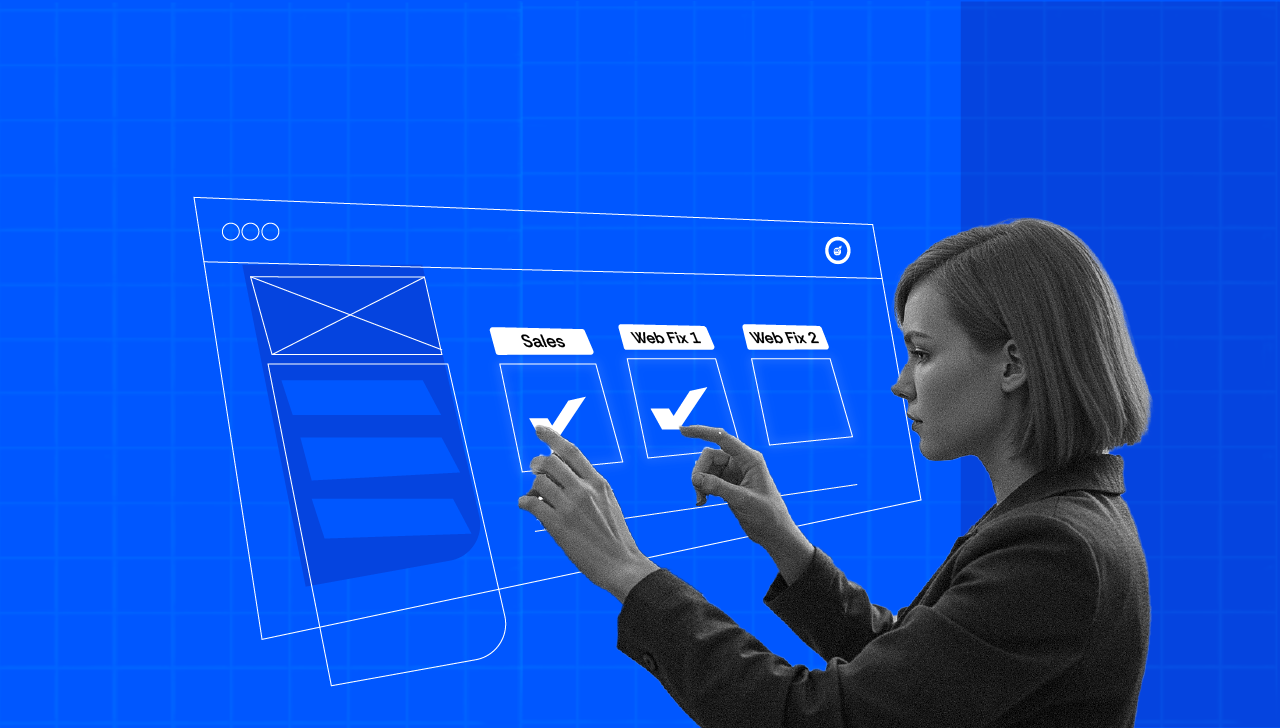Psychology is the scientific study of the mind and behavior. It explores how humans think, feel, perceive, learn, and make decisions. The fundamental of psychology seeks to understand what drives human action, how people interpret stimuli, and why they react the way they do in different environments. These insights are critical in various fields, but perhaps nowhere is the application more commercially powerful than in marketing. Marketing, by definition, is about influencing decision-making, persuading someone to choose one product, service, or idea over another. That influence doesn’t occur in a vacuum; it’s shaped by perception, emotion, memory, social context, and personal motivation which are all psychological factors.
10 Legendary campaigns that prove how psychological marketing works
1. Apple – “Think Different” (1997)
Overview: Apple’s rebirth campaign under Steve Jobs. Celebrated rebels, misfits, and innovators like Einstein, Gandhi, and Martin Luther King Jr.
Process & psychology:
Apple used identity-based marketing, appealing to the self-concept of users. Psychologically, this taps into Maslow’s esteem and self actualization tiers, triggering a sense of belonging to a visionary tribe. It also leaned into Association Bias, positioning Apple users with icons of progress.
Impact: Revived the brand from near bankruptcy. Sales grew from $5.9 billion in 1998 to $8.3 billion in 1999, and the groundwork was laid for the iMac and iPod era.
Psychological tricks used involve: Identity priming, emotional resonance, tribal marketing, and aspirational imagery.
2. De Beers – “A Diamond Is Forever” (1947)
Overview: Post-war campaign that connected diamonds with eternal love and marriage.
Process & psychology: Anchored on social proof and tradition-creation. De Beers invented the idea that engagement rings must feature a diamond, using emotional association and Normative Social Influence
Impact: Diamond sales in the U.S. increased from 10% of engagements in 1939 to over 80% by the 1990s.
Psychological tricks used: Scarcity (diamonds are rare), symbolism, emotional anchoring, tradition hijacking.
3. Coca-Cola – “Share a Coke” (2011 Australia, global rollout in 2014)
Overview: Bottles labeled with common first names. Personalized invitation to share.
Process & psychology: Leveraged personalization and reciprocity. People felt personally addressed, triggering the Cocktail Party Effect, our brains’ tendency to latch onto our own names in noisy environments.
Impact: Sales in Australia rose by 7%, reversing a decade-long decline. In the U.S., over 500,000 photos were shared using #ShareaCoke.
Psychological tricks used: Personal relevance, social sharing incentives, gamified collection behavior.
4. Nike – “Just Do It” (1988)
Overview: A call to arms for anyone with a body, not just athletes.
Process & psychology: Anchored in empowerment marketing. Taps into Self-Determination Theory, our psychological need for autonomy, competence, and purpose.
Impact: Nike’s worldwide sales jumped from $877 million in 1988 to $9.2 billion in 1998.
Psychological Tricks Used: Motivation framing, behavioral activation, narrative identification, hero archetypes.
5. Old Spice – “The Man Your Man Could Smell Like” (2010)
Overview: Comedic, surreal ad targeting women to buy for their men.
Process & Psychology: Subverted norms. Used humor, pattern interruption, and mirror targeting (talking to women in a male product ad).
Impact: Online sales grew by 55% in three months post-campaign. The ad received over 55 million YouTube views.
Psychological Tricks Used: Disruption marketing, gender role inversion, likability effect, humor recall.
6. Always – #LikeAGirl (2014)
Overview: Aimed to turn a phrase associated with weakness into a message of empowerment.
Process & Psychology: Reframed Identity Language. Leveraged Self-Schema, how identity terms affect self-image, and social norm shifting.
Impact: The ad was viewed over 90 million times globally and won an Emmy. Always reported higher brand affinity and message retention among young females.
Psychological Tricks Used: Emotional storytelling, stereotype reversal, cause marketing, social affirmation.
7. Dove – “Real Beauty” (2004–Present)
Overview: Featured women of all body types and ages. Challenged conventional beauty standards.
Process & psychology: Dove tapped into body image psychology and social comparison theory, promoting acceptance instead of perfection.
Impact: Dove’s sales increased from $2.5 billion to over $4 billion over 10 years.
Psychological Tricks Used: Authenticity, inclusivity bias, identity resonance, values-based branding.
8. ALS Association – Ice Bucket Challenge (2014)
Overview: Viral campaign asking people to pour ice water on themselves and nominate others to raise ALS awareness.
Process & Psychology: Used peer pressure, social proof, and gamification. People were nudged into action by being tagged, Commitment Bias.
Impact: Raised $115 million in 8 weeks for ALS research. Videos were shared millions of times globally.
Psychological tricks used: Viral loops, challenge dynamics, ego motivation (posting for validation), groupthink.
9. Snickers – “You’re Not You When You’re Hungry” (2010)
Overview: Ads featuring people acting absurdly until they eat a Snickers.
Process & psychology: Used contrast theory, humor, and identity re-anchoring. Showed a transformation triggered by a product.
Impact: Campaign ran in 56 countries and boosted global sales by 15.9% in the first year.
Psychological tricks used: Humor, exaggerated identity shifts, emotional relief cues.
10. Spotify – “Wrapped” (2017–Present)
Overview: Personalized annual music stats shared as a story or graphic.
Process & psychology: Hits nostalgia, self-identity, and social sharing instincts. Reflects users back to themselves, self-verification theory.
Impact: Spotify Wrapped is credited with massive social visibility, adding tens of millions of new users every December.
Psychological tricks used: Personalization, gamified metrics, social currency, end-of-year reflection bias.
More examples of psychological sales and marketing tactics
1. Reciprocity: give to get
The principle of reciprocity suggests that when you give something to someone, they feel compelled to return the favor. In marketing, this translates to offering free samples, valuable content, or exclusive deals to encourage purchases. For instance, HubSpot provides free marketing tools, which not only help users but also build trust, leading to increased sales of their premium services. Here is a further elaboration.
2. Scarcity: The Fear of Missing Out
Limited-time offers or exclusive deals create a sense of urgency. When consumers believe a product is scarce, they are more likely to act quickly. This tactic taps into the fear of missing out (FOMO), driving immediate action. Retailers like Amazon use countdown timers and low-stock alerts to capitalize on this psychological trigger.
3. Social proof: everyone’s doing It
People tend to follow the actions of others, especially in uncertain situations. Displaying customer reviews, testimonials, or user-generated content can significantly influence purchasing decisions. Platforms like TripAdvisor and Yelp thrive on this principle, guiding consumers through collective experiences.
4. Authority: Trust the experts
Establishing authority in your niche can boost credibility. Featuring endorsements from industry experts, certifications, or media mentions can reassure potential customers. For example, skincare brands often highlight dermatologist approvals to instill trust.
5. Consistency: commitment leads to conversion
Once individuals commit to something, they are more likely to follow through. Encouraging small initial commitments, like signing up for a newsletter, can lead to larger actions, such as making a purchase. This tactic is rooted in the foot-in-the-door technique, where a small request paves the way for a bigger one.
- Liking: The power of personal connection
Consumers are more inclined to buy from brands they like. Building a relatable brand persona, engaging storytelling, and genuine interactions can foster this connection. Brands like Dove have successfully used this approach by promoting real beauty and authenticity.
7. Anchoring: The first price sets the tone
Presenting a higher-priced item first can make subsequent options seem more affordable. This anchoring effect influences perception and can guide consumers toward desired products. Retailers often display premium products prominently to leverage this tactic.
8. Decoy Effect: Steering choices strategically
Introducing a third option can influence consumer choices. For instance, offering a medium-sized popcorn for $6 and a large for $7 makes the large seem like a better deal, nudging customers toward it. This strategy is prevalent in subscription models and pricing tiers.
9. Loss Aversion: Highlighting potential losses
People fear losses more than they value gains. Framing offers in terms of what customers might lose by not acting can be more persuasive. Phrases like “Don’t miss out” or “Limited-time offer” tap into this psychological bias.
10. Urgency: Act now
Creating a sense of urgency can prompt immediate action. Limited-time discounts, flash sales, or countdown timers can drive quick decisions. E-commerce platforms frequently use this tactic during promotional events.
11. Color Psychology: Visual influence
Colors evoke emotions and can influence behavior. For example, red can create a sense of urgency, while blue instills trust. Understanding color psychology can enhance branding and call-to-action effectiveness.
12. Storytelling: Engaging narratives
Crafting compelling stories can captivate audiences and make messages more memorable. Brands like Nike use storytelling to connect with consumers on an emotional level, promoting brand loyalty.
13. Priming: Setting the stage
Priming involves exposing individuals to certain stimuli to influence subsequent behavior. For instance, using specific words or images can subconsciously guide consumer decisions. Marketers can use this by aligning visuals and messaging to desired outcomes.
- Personalization: Tailored experiences
Customized experiences resonate more with consumers. Using data to personalize recommendations, emails, or content can enhance engagement and conversion rates. Platforms like Netflix and Amazon excel in delivering personalized user experiences.
15. Emotional Appeals: Connecting deeply
Tapping into emotions like happiness, fear, or nostalgia can make marketing messages more impactful. Emotional advertising often leads to higher engagement and brand recall.
16. Simplicity: Less Is more
Clear and concise messaging reduces cognitive load, making it easier for consumers to make decisions. Overcomplicating offers or information can deter potential customers.
17. Social Responsibility: Aligning with values
Consumers are increasingly supporting brands that align with their values. Highlighting sustainable practices, charitable initiatives, or ethical sourcing can enhance brand image and loyalty.
18. Gamification: Interactive engagement
Incorporating game-like elements, such as rewards, challenges, or leaderboards, can increase user engagement. Loyalty programs and interactive quizzes are common examples of gamification in marketing.
19. Exclusive Offers: VIP treatment
Offering exclusive deals or early access to loyal customers can foster a sense of belonging and appreciation. This exclusivity can drive repeat purchases and brand advocacy.
20. AI-Powered CRO Tools: Smart optimization
Leveraging AI in Conversion Rate Optimization (CRO) allows for real-time analysis and personalized experiences. Free AI CRO tools can help identify user behavior patterns, optimize landing pages, and enhance overall marketing strategies. Integrating AI can lead to more efficient and effective campaigns.
Psychology isn’t just mind games, they are strategy reinforcers and enhancers
Marketing isn’t manipulation, it’s persuasion at scale. And the battlefield isn’t your product page, it’s the mind of your buyer. The tactics we’ve unpacked aren’t tricks. They’re rooted in decades of behavioral science, neuroscience, and consumer psychology. They work not because they manipulate, but because they align with how humans naturally think, feel, and decide. Whether you’re a solo founder or part of a growth team scaling to eight figures, mastering psychological marketing isn’t a nice-to-have, it’s your edge.
The best marketers aren’t just data analysts or creatives. They’re behavioral architects. They design messages that resonate, products that feel made for you, and experiences that don’t just sell, they stick. Because people don’t just buy with logic; they buy with emotion, identity, trust, and memory.




